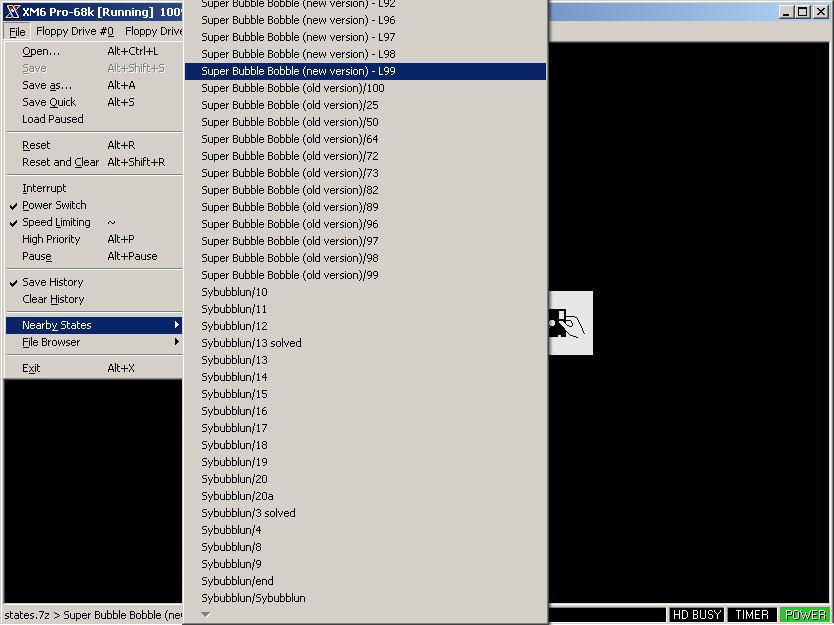
(Gam)(Disk+2+of+4)(Data)-image.jpg)
This libretro branch was forked, starting on May 3, 2017, from hissorii's old build (Last updated on August 2014), backported 'c68k' core from kenyahiro's 'p圆8k' branch (fork of hissorii's 'p圆8k' branch using recent c68k yabause core to support X64 build). Games' performance on this emulator (Both PC & mobile variants) is considerably faster than what MAME's X68 core can achieve. p圆8k-libretro It is supported on Windows, Linux and Mac systems and has portable versions for PSP, Android, and other platforms. p圆8k has a libretro core but lacks options like save states present in other emulators. p圆8k An open-source fork of the c68k emulator. While it can run games, it is clear that this is not what XM6i is focused on. XM6i Built largely around being able to run NetBSD/X68k. Small work on it was put in several versions between 0.146u5 (2012) & 0.177 (2016), but working software started being added regularly from 0.178 and onwards. MAME Its X68000 core is still in a very early stage of development in terms of playability and should only be used if the debugging features of Pro-68k are lacking. XM6 TypeG It can run in X68030 mode in high accuracy, good peripheral/expansion support and will run just about any game you throw at it. It has since been succeeded by TypeG in most regards. It had a Sharp-Hudson Custom Chipset as its GPU.Ĭomparisons XM6 Pro-68k Focused on providing necessary debugging features and has decent compatibility.

The X68030 has a Motorola MC68EC030 CPU at 25 MHz.

The XVI to Compact models had a Motorola 68000 at 16 MHz. The X68000 to SUPER models had a Hitachi HD68HC000 CPU at 10 MHz.


 0 kommentar(er)
0 kommentar(er)
